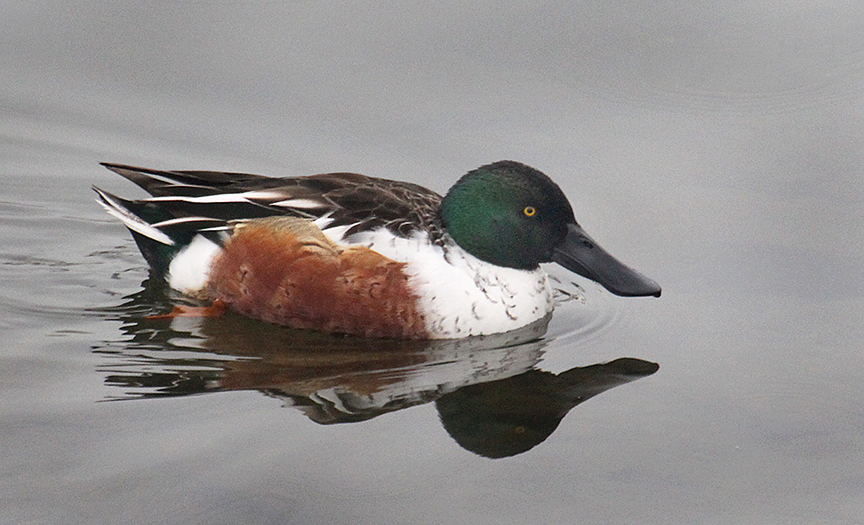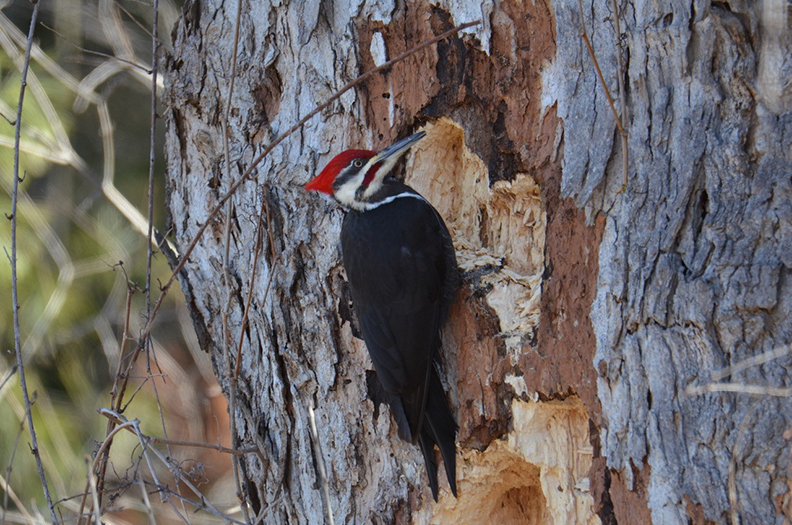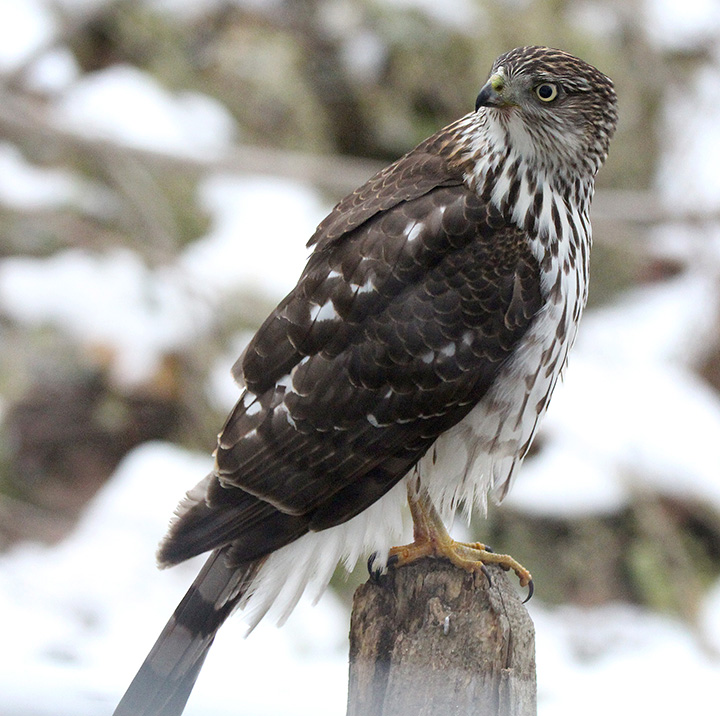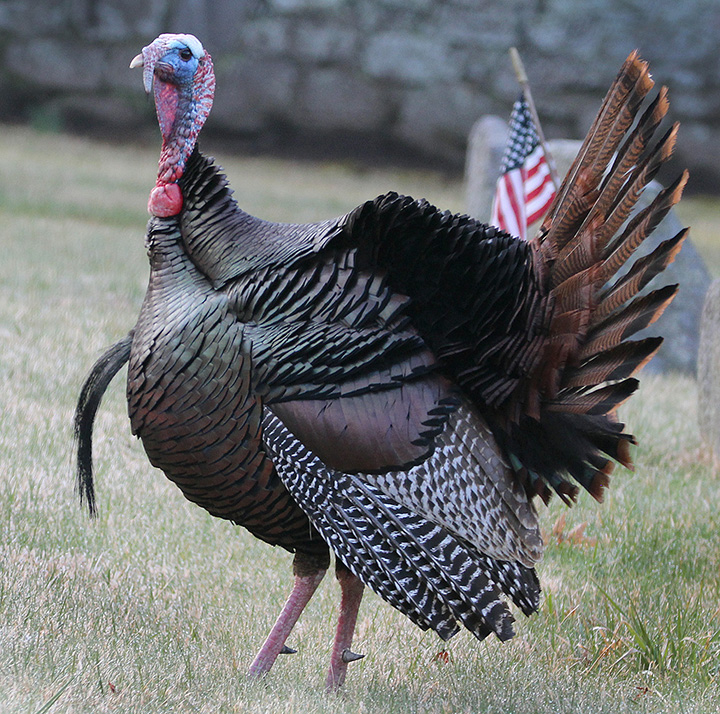The Christmas Bird Count

PHOTO: A northern shoveler swims on a river during a Christmas Bird Count in New England. PHOTO BY CHRIS BOSAK

by Chris Bosak
Weirs Times Columnist
I’ve been doing the Christmas Bird Count in coastal Connecticut with my friend Frank for nearly 20 years and every year is a little different.
Sure, there are the predictable birds we see at the same place year after year: greater scaup in the harbor, American wigeon and hooded mergansers on the river, brant by the beach, Carolina wrens at the dog park, peregrine falcons on the railroad bridge and gadwall on the ponds. Then there are the regulars on Long Island Sound, which we scan with spotting scopes from the beach. Those reliable birds include common loon, red-throated loon, long-tailed duck, bufflehead and red-breasted merganser.
What makes the day different every year are the birds that can be hoped for, but not guaranteed. Sometimes, a bird we never even thought of will show up. Those are the real exciting moments and there are a handful of them every year.
Before I get into what surprises showed up in our area this year, let me quickly explain what the Christmas Bird Count is. Run by the National Audubon Society, the CBC is the longest-running citizen science bird project in the world. Volunteers from throughout North American and beyond form teams and count as many birds in a designated area as possible on a single day. The data gives scientists a historical snapshot of bird populations to be used as a conservation tool. It is similar, but also very different, from the Great Backyard Bird Count, which takes place every February. More on that in a future For the Birds column.
Now back to those surprise birds that brightened up an otherwise gray, cold day.
The day got off to a great start when Frank found a merlin even before we officially started looking for birds. We had ordered a breakfast to go from a local diner and, while standing outside waiting for the eggs and bacon to be ready, Frank found the small falcon on the top of a telephone pole. I can remember only one other year in which we had found a merlin.
Frank had heard a tip a few days before the count that a few warblers were hanging out in a row of pine trees near the wastewater management station. The trail wasn’t part of our normal route, but we decided to check it out. It’s a good thing we did as we found yellow-rumped warblers, a pine warbler and a prairie warbler, which was arguably the best sighting of the day for us. We also found a brown creeper and ruby-crowned kinglet there. Sometimes it’s good to break old habits and try something new.
Welcomed, but not entirely unexpected, birds that we found included northern shoveler, northern pintail, northern harrier, horned lark, tree sparrow and red-breasted nuthatch.
Frank and I finished the day with 61 species. With all the birding teams combined, this particular count typically gets around 110 to 120 total species — aided by the wintering ducks and shorebirds on Long Island Sound.
In a year in which routines have been turned upside down, it was nice to have a bit of normalcy. Happy New Year everyone.
Chris Bosak may be reached at chrisbosak26@gmail.com or through his website www.birdsofnewengland.com



